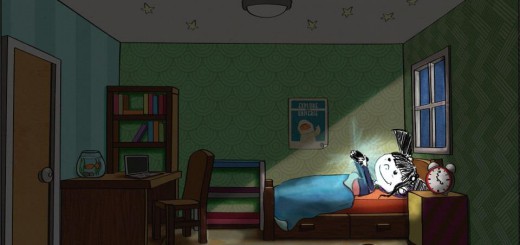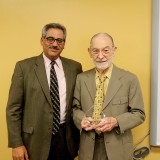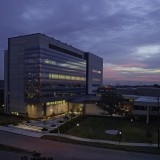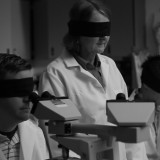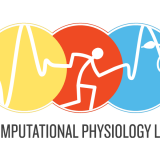New Discoveries of Deep Brain Stimulation Put It on Par with Therapeutics
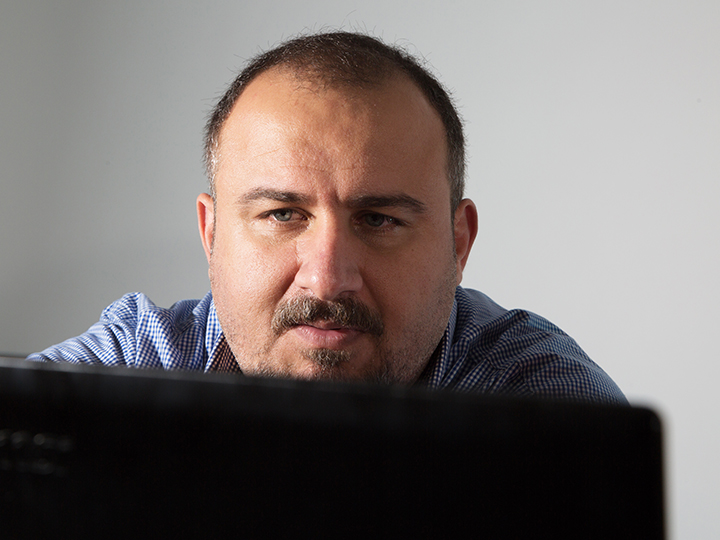
Despite having remarkable utility in treating movement disorders such as Parkinson’s disease, deep brain stimulation (DBS) has confounded researchers, with a general lack of understanding of why it works at some frequencies and does not at others. Now a University of Houston biomedical engineer is presenting evidence in Nature Communications Biology that electrical stimulation of the brain at higher frequencies (>100Hz) induces resonating waveforms which can successfully recalibrate dysfunctional circuits causing movement symptoms.
“We investigated the modulations in local field potentials induced by electrical stimulation of the subthalamic nucleus (STN) at therapeutic and non-therapeutic frequencies in Parkinson’s disease patients undergoing DBS surgery. We find that therapeutic high-frequency stimulation (130–180 Hz) induces high-frequency oscillations (~300 Hz, HFO) similar to those observed with pharmacological treatment,” reports Nuri Ince, associate professor of biomedical engineering.



